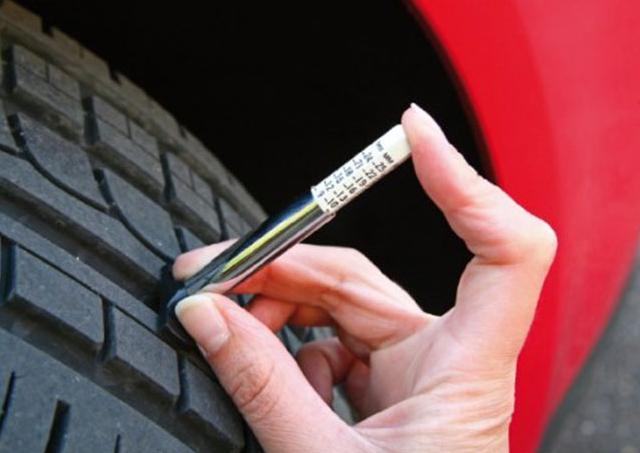Risks of The Condition When Your Tyres Lose Tread Depth Day By Day
Your new car performs effectively on roads with its powerful and efficient components. Tyres are vital components of a vehicle because only they connect it with the road surface. Tyres come with appropriate tread depth but gradually they wear down because of several factors.
Tyre tread is an essential component of your tyres. If you have ever observed, racing Continental Tyres Bedford come with a smooth tread that is effective to provide superior grip and traction on a racing track. On the other hand, passenger car tyres come with grooves, blocks, and sipes to provide proper grip and traction in both dry and wet conditions.
The difference in tyre tread in racing and passenger tyres is valid because of different driving objectives. Racing professionals want to win the race but normal drivers wish to reach their destination safely on time.
You should note that racing tyres are not similar to passenger tyres that are facing tread wear. Bald tyres are dangerous for normal driving conditions.
In this blog, we will tell you about the importance of tyre tread and the disadvantages of bald tyres.
Read carefully!
Importance of tread and tread depth
Car owners know well that car tyres come with a thick and firm surface that touches the road surface directly. This surface is not smooth in passenger tyres but you will observe grooves.
Grooves help the car tyres to make proper contact with the road surface. Because of the tread grooves, your tyres keep the car stable while you accelerate or take a turn.
The role of tyre tread is unquestionable, especially during the rainy season. Proper tread pattern protect the vehicle from hydroplaning with effective water displacing capacity.
Proper tread depth of car tyres goes down because of bad driving conditions.
You must not drive your car with tyres that do not have proper tyre tread. Driving on these tyres is extremely risky because of several reasons.
The legal tread depth in car tyres
Legal rules and regulations in the UK make it clear that tyres must have at least 1.6mm tread depth while running on the roads.
The main objective of these guidelines is to keep road users safe on roads. Tyres with low tread depth are risky but a lot of drivers are not aware of this fact. They must know about this rule to enhance the level of road safety and comfort.
How can you check the tread depth?
Checking the tread depth is necessary to follow the legal guidelines about the tread depth. You can check the tread depth in the following simple ways:
Check the tread depth with a 20p coin:
Get a 20p coin to check the tread depts. Place the coin into the tread grooves on the tyre.
The outer side should hide in the tread depth if the tread depth is at the optimum limit. If your car tyres are balding, you will be able to see the outside of the coin.
Make sure you choose three places to check the tread depth because of the risk of uneven tread wear.
Checking the tread depth with a tyre depth gauge
If you want more accurate results, you can use a tread depth gauge for your findings. You can easily buy a tool from market to check tread depth because of their affordable price.
Park your car on a flat surface and ensure proper air pressure in car tyres to get correct readings.
Insert the tread depth gauge into the groove and place the pins of the device vertically.
Look at the display area to get the results of the readings. Drivers may get the results in millimetres or inches.
You should check the tread depth of several places with the help of a tread depth gauge to get an average idea.
Looking at the tread wear bars:
This is another idea to check the tread depth. Actually, you may have an idea about the tread depth by just looking at these wear bars. These tread wear bars are only visible in bald tyres. So, if they are visible, you have to be ready for a new set of tyres.
How much tread is appropriate for car tyres?
Car tyres generally have 8 to 9 mm of tread depth. They are safe for roads until they do not reach the minimum legal limit of tread depth. You should not wait to reach the minimum limit. If your tyres are losing the tread depth, it means they are certainly losing their power to hold the road surface as well. So, you must change your tyres after observing the signs of tread wear.
What if you drive your car on bald tyres?
Several problems are waiting for you if you have decided to drive your car on bald tyres.
First of all, your Tyres Bedford would not support you on wet roads when you need to make proper traction to prevent hydroplaning. You can expect the same behaviour of bald tyres on snow and slush in winter conditions.
A thin rubber tread is unable to prevent punctures that take place due to sharp objects like iron nails or screws. Similarly, bald tyres are unable to prevent blowouts because of their weak protective wall.

